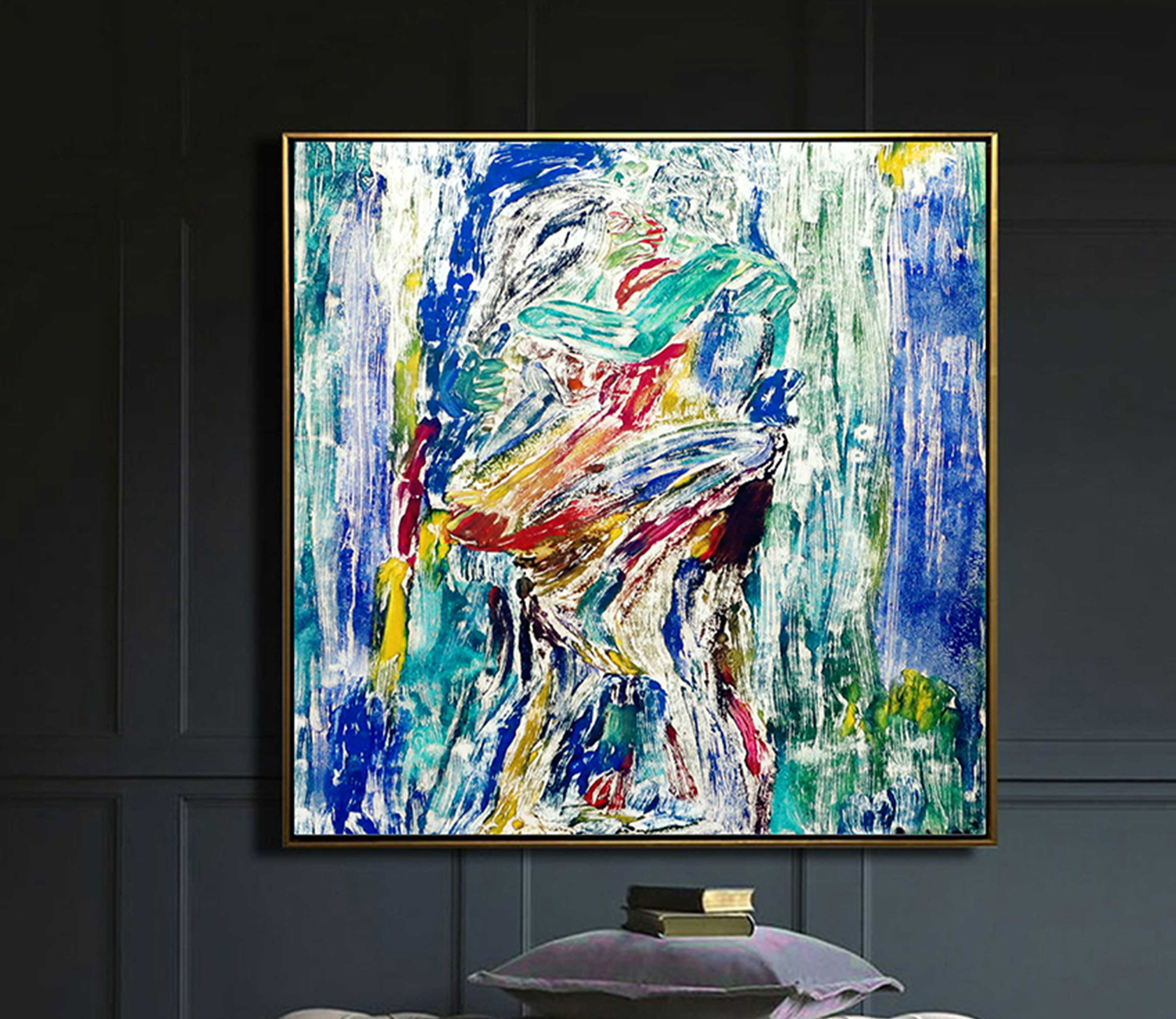Understanding Abstract Painting: A Journey into Non-Representational Art

Strong 8k brings an ultra-HD IPTV experience to your living room and your pocket.
Abstract painting is a genre of modern art that departs from traditional representation. Unlike classical art, which aims to depict the world realistically, abstract painting focuses on colors, shapes, lines, and forms without necessarily referencing anything specific in the real world. Its roots can be traced to the early 20th century, and it has since evolved into one of the most influential movements in contemporary art.
Origins of Abstract Painting
The birth of abstract painting is often attributed to the works of artists like Wassily Kandinsky, Piet Mondrian, and Kazimir Malevich. These pioneers sought to move away from depicting the physical world and instead used abstraction to express emotions, ideas, and spiritual themes. Kandinsky, for example, believed that color and form could evoke deep emotional responses, and he pioneered the use of non-objective forms in his compositions.
Mondrian’s “neoplasticism” aimed to express universal harmony through pure abstraction, employing geometric shapes and a limited color palette. Malevich’s “Suprematism,” characterized by simple shapes like squares and circles, was a radical rejection of traditional representation. These artists’ work set the stage for the proliferation of abstract art in the 20th century, paving the way for various schools of thought and artistic experimentation.
Key Characteristics of Abstract Painting
Abstract painting is defined by its detachment from representational imagery. Rather than aiming to reproduce the visible world, it focuses on the formal aspects of painting—color, texture, space, and composition. Some key features of abstract painting include:
Color: The use of color is often emotive, with artists exploring how colors can convey mood and feeling. For example, bright colors might express energy or joy, while dark hues may convey sadness or contemplation.
Shapes and Forms: Shapes, whether geometric or organic, become central elements in abstract works. Artists may create compositions that emphasize symmetry or create visual tension through irregular forms.
Texture and Medium: Texture plays an important role in adding depth and complexity to the painting. Abstract artists might employ various techniques like thick brushstrokes, palette knives, or mixed media to create tactile surfaces.
Non-objectivity: Abstract art doesn't represent recognizable subjects or objects. This allows viewers to interpret the work personally, relying on intuition rather than association with the real world.
Influential Movements in Abstract Art
Throughout the 20th century, abstract painting evolved and gave rise to several important movements. These include:
Abstract Expressionism: Emerging in the 1940s and 1950s in New York, this movement emphasized spontaneous, emotive brushwork. Artists like Jackson Pollock, Mark Rothko, and Willem de Kooning sought to convey raw, emotional experiences through dynamic and gestural painting.
Minimalism: In the 1960s, minimalist artists like Frank Stella and Donald Judd reduced art to its simplest forms, focusing on geometry, repetition, and the physicality of materials.
Color Field Painting: Artists like Rothko and Barnett Newman focused on large expanses of color, creating paintings that aimed to evoke emotion and spirituality through the interaction of colors.
Abstract Art’s Impact on Contemporary Art
Today, abstract painting remains a dominant force in the art world, influencing a wide range of artistic practices. It has inspired not only painters but also sculptors, digital artists, and graphic designers who seek to explore non-representational visual language. Abstract works challenge viewers to engage with art on an emotional and intellectual level, emphasizing personal interpretation over conventional representation.
Conclusion
Abstract painting represents freedom, creativity, and a break from traditional artistic constraints. Its focus on color, form, and emotion allows artists to explore profound ideas and feelings, pushing the boundaries of what art can represent. The legacy of abstract art continues to shape the way we experience and appreciate visual art today.
Note: IndiBlogHub features both user-submitted and editorial content. We do not verify third-party contributions. Read our Disclaimer and Privacy Policyfor details.


